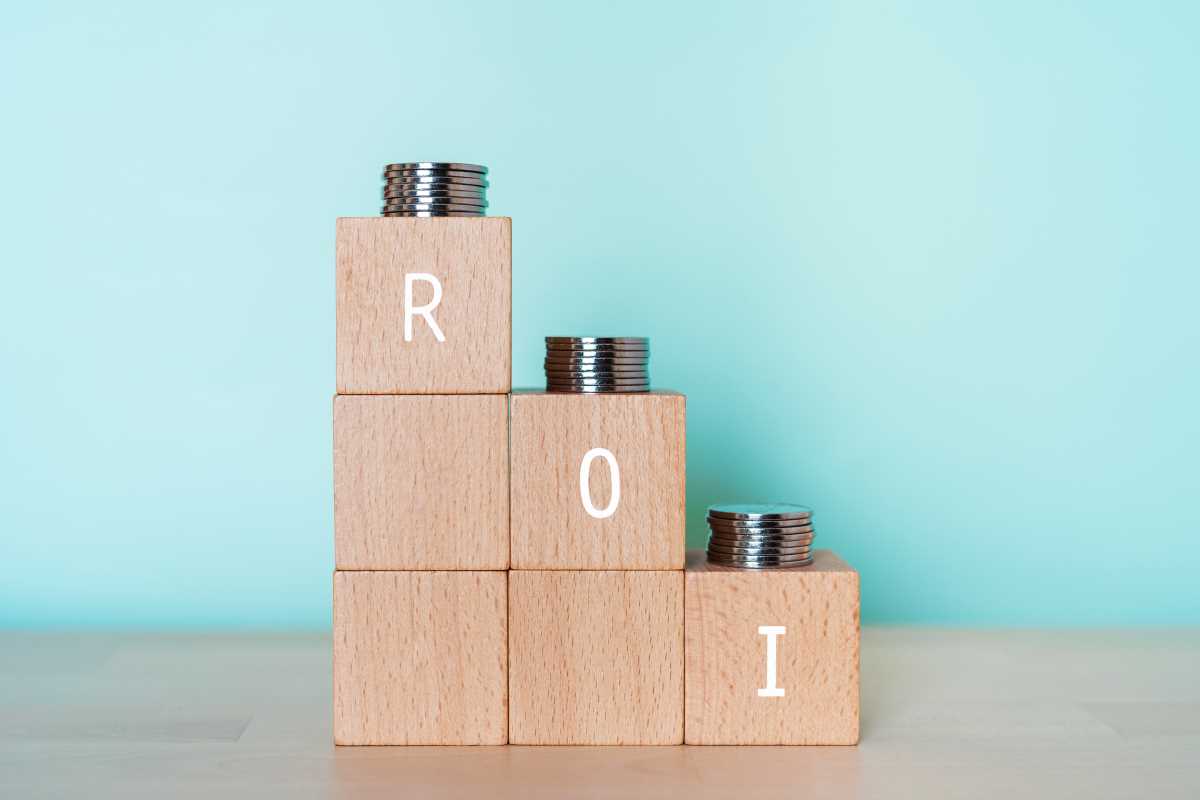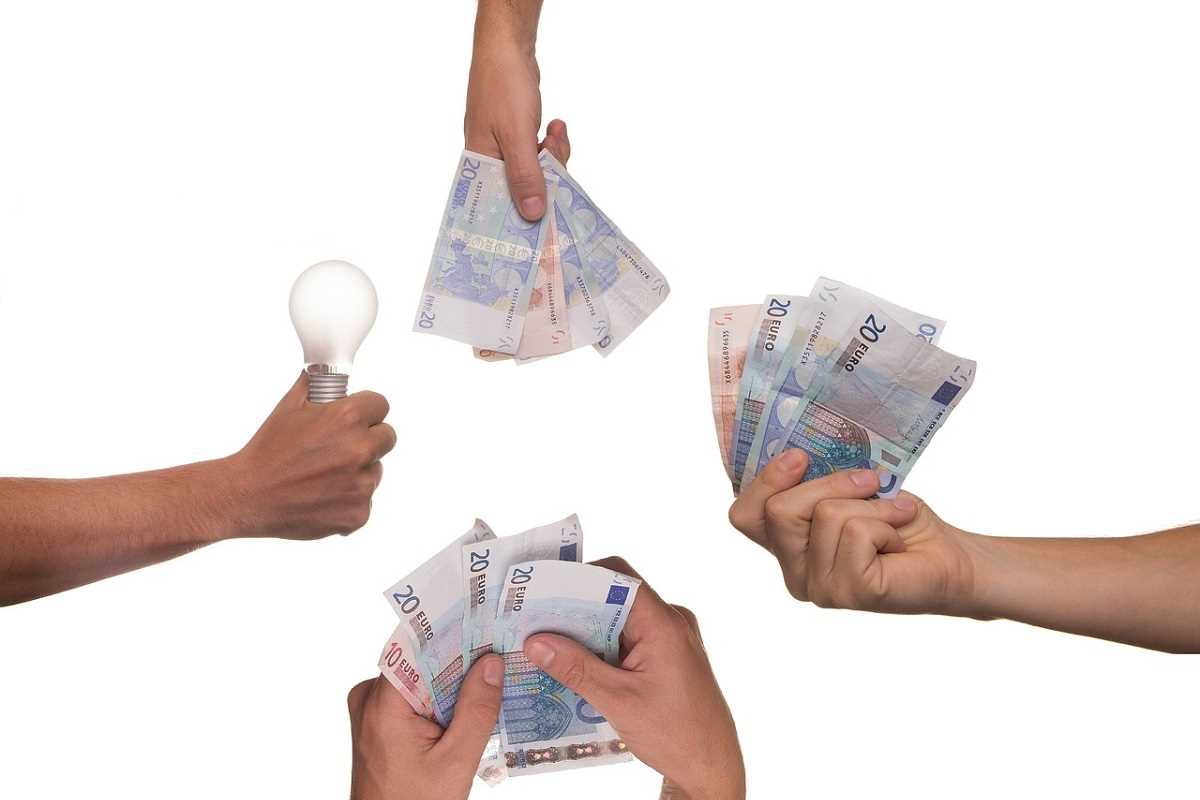Careful planning lays the groundwork for any successful growth push, especially when incentives align directly with customer behavior. Choosing the right approach depends on your available resources and the unique characteristics of your customer base. By applying these referral methods thoughtfully, you encourage genuine advocacy, and people are more likely to share offers with friends and family in a way that feels authentic. This personal connection drives a reliable stream of new leads while helping keep acquisition costs down. Over time, building on these relationships creates a positive cycle that supports sustainable and cost-effective growth for your business.
At the core, a simple idea exists: reward people for sharing. Yet common advice overlooks deeper triggers that motivate shares beyond cash bonuses. This guide explains subtle approaches that generate genuine enthusiasm and outlines proven referral engines you can adapt immediately.
Finding Hidden Momentum
- Think beyond cash: Gamified progress encourages competition. Award badges or tiers for each successful sign-up, turning every share into a collectible achievement. When you display top referees on a public leaderboard or feed, participants chase status just as hard as points, igniting repeated shares.
- Use scarcity with timed boosts: Introduce short windows where rewards double or unlock exclusive perks. For example, add limited intervals—say, “24-hour turbo mode”—to create urgency without cutting into long-term margins. This technique layers urgency over value, prompting quick action from both existing customers and prospects.
- Create social proof loops: Embed share counters or live activity feeds directly in emails or dashboards. When people see peers benefiting from a referral program, they join in. Displaying real-time stats captures attention, proves momentum, and invites more participants.
- Encourage network clusters with bundled rewards: Motivate users to invite small groups—teams, study groups, friend squads—by offering group milestones. If three people from one circle sign up, everyone unlocks a premium trial. Shared goals strengthen commitment and spread the word through existing bonds.
- Preview rewards with personalization: Generate customized mock-up emails or messages showing exactly how a gift card, discount, or upgrade appears to the recipient. Let sharers see the final gift, so they pitch with confidence. This preview step improves referral quality and increases conversion rates at the same time.
Best Referral Options for High Conversion Rates
- Dropbox (Cloud Storage)
- Offer: both referrer and referee earned 500MB of free space per signup
- Benefit: bonus was tangible and instantly testable
- Cost: low compared to LTV due to minimal storage overhead
- Insider tip: pair your referral link with a branded tutorial showing collaboration benefits to lift click-throughs beyond email blasts
- Airbnb (Travel Marketplace)
- Offer: $25 travel credit for new guests after first stay; $75 credit for hosts after first booking
- Benefit: incentives aligned for both sides
- Cost: predictable across major markets
- Insider tip: embed referral links into check-in emails and digital welcome guides to capture excitement pre- and post-stay
- Uber (Ride-hailing)
- Offer: free/discounted rides up to $20 for riders; up to $5 bonus for drivers
- Benefit: layered rewards scaled quickly into new cities
- Cost: managed by budgeting against city lifetime value
- Insider tip: tailor share messaging to highlight local events (festivals, conferences) when demand peaks
- Tesla (Automotive)
- Offer: referral contests with perks like factory tours, exclusive gear, or Supercharger access
- Benefit: experiential rewards generated strong buzz among fans
- Cost: fit within PR and operations budgets
- Insider tip: refresh limited-edition items seasonally to reignite excitement and sustain referral momentum
- Zoom (Video Conferencing)
- Offer: paying subscribers could gift a free month; referrers earned account credits once recipients joined and used calls
- Benefit: seamless integration reduced friction and scaled trials organically
- Insider tip: encourage team leaders to share referral codes in internal newsletters or Slack channels to accelerate group adoption
Measuring What Moves the Needle
- Track Stage Conversion: Monitor the share-to-sign-up ratio for each channel. Identify which message templates or platforms achieve the highest conversion to improve creative assets.
- Calculate Customer Value Increase: Compare LTV of referred users versus organic users. A 20-30% uplift indicates that rewards attract more engaged customers instead of opportunistic sign-ups.
- Assess Viral Coefficient: Divide new sign-ups generated by existing users by the number of active sharers. A coefficient above 1.0 guarantees self-sustaining growth, while below 0.5 calls for creative adjustments.
- Analyze Time to First Referral: Shorter intervals between signup and first share often relate to clearer value communication. Aim to send out invites within 48 hours of onboarding.
- Monitor Reward Redemption Rate: High redemption indicates that rewards resonate. Low redemption suggests participants obtain invites but do not complete the process—often a sign to refine messaging or simplify steps.
Scaling Your Referral Program
- Map referral paths: Sketch every touchpoint where sharing can happen—from welcome emails to in-app notifications. Focus on channels with the highest engagement and set up automated triggers to eliminate manual steps.
- Set up automated personal nudges: Create segmented email drip campaigns that remind top fans to share when they reach usage milestones. Include dynamic copy referencing their achievements and clearly display their referral link.
- Partner with complementary services: Collaborate with similar brands to co-promote referrals. Share guest slots in each other's newsletters or in-platform banners to reach new audiences who already trust similar brands.
- Run A/B tests on incentives: Conduct simultaneous experiments on reward amounts or types—cash versus credit versus experiential perks. Use short windows and compare results weekly to refine your approach quickly.
- Develop multi-tier structures: Reward both direct and secondary referrals with scaled perks. This network keeps advocates engaged as they earn rewards for inviting new influencers into your community.
Common Mistakes and How to Prevent Them
Flat cash rewards alone rarely inspire genuine referrals, while early or excessive prompts can feel intrusive. Pair incentives with recognition and wait until users see real value before encouraging shares. With thoughtful timing and balanced rewards, you can build authentic, effective referral growth.







